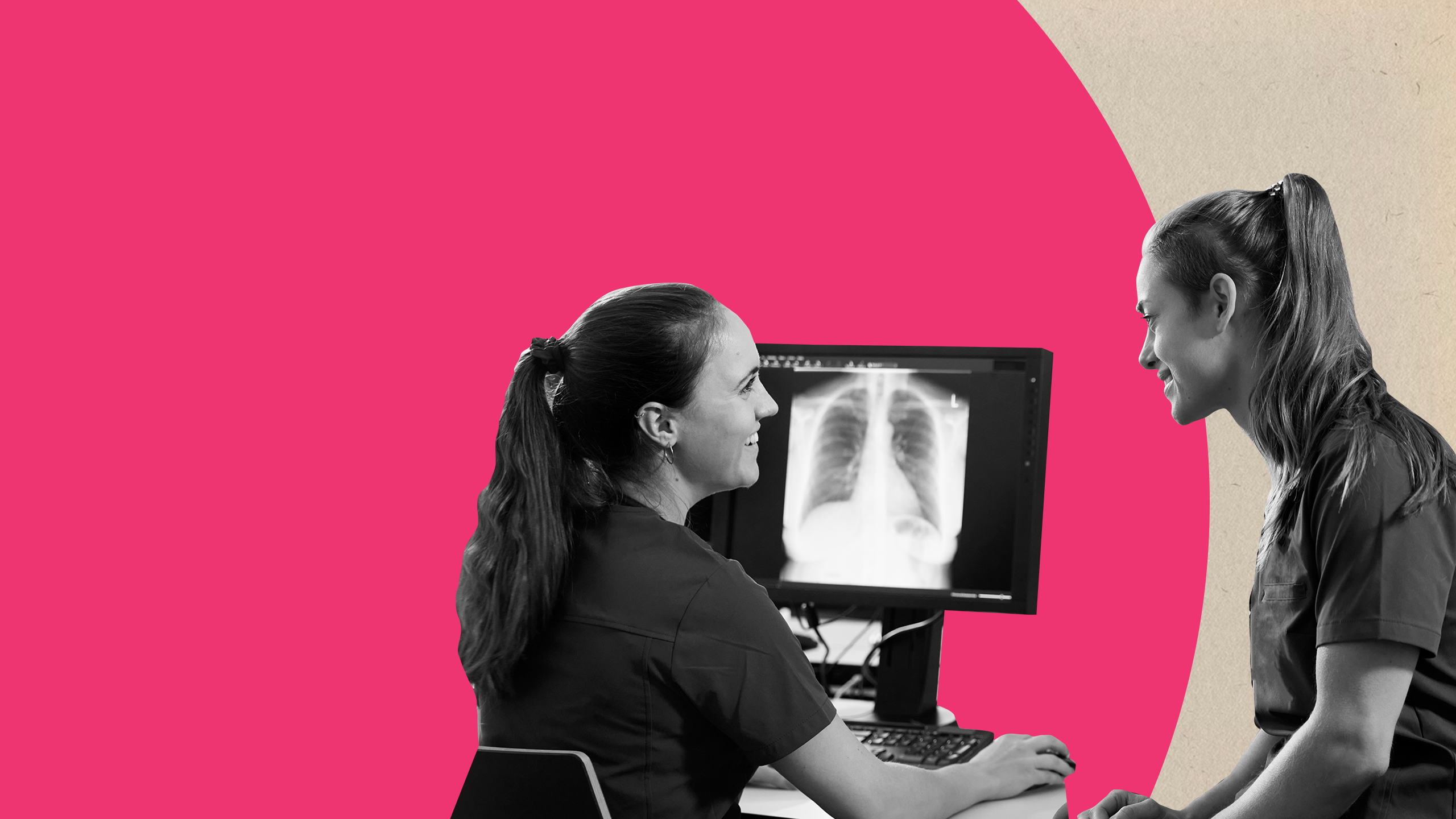QIP TIPS | Valuing your staff

Professional
How looking after employees can improve
your workplace and patient care
Although patients are not customers in the traditional sense, we work for them and we need to ensure they have a good experience, writes RCR/CoR quality improvement partner Katherine Jakeman.
Without patients, our services would not exist and, while I don’t think we need to worry about a lack of patients, we do need to keep improving our services to make them safer and more efficient.
Looking after, training and encouraging staff not only makes the workplace a better place to be but also helps our patients. In 2018, The Independent reported a study’s findings that, over a typical working life, a person spends 84,171 hours at work and makes 7,967 cups of tea or coffee. That’s a lot of hours and a lot of hot drinks. We want QSI to help services value and encourage their staff to work to the highest level of their ability – and also to have facilities to make great tea.
“If you look after your staff,
they’ll look after your customers.
It’s that simple”
The XR-2 section of the QSI is all about services’ imaging workforce. The imaging workforce, whether radiology or radiotherapy, is complex and made up of healthcare professionals, non-professionals such as admin and support staff, students and volunteers. These groups can be further broken down into radiographers, radiologists, nurses, locums, bank staff, university students or apprentices and all of these might be full-time, part-time, flexible, newly qualified or experienced staff members.
Trying to coordinate everyone to ensure a full staff mix, which meets the demands of the service and looks after everyone, is a difficult but essential job.
Clear leadership
In QSI we start with service leadership and a quality statement that says: “The leadership of the service is clearly identified.” This is not as simple as it might seem. A surprising number of services do not have a clearly written-down organisational structure that names the individuals who hold leadership roles.
One effect of not having this structure clearly written down and accessible to all employees is that junior members of staff do not know who to go to for help. This can lead to time being wasted in asking others to find the right person.
QSI recommends that the leadership structure is written or linked into your organisational policy (XR-601), sometimes called your staff handbook, so that all staff have easy access to it. Standard XR-202 is about local modality-specific service leadership. The standard contains an indicative list of leads that a typical radiology service might have. Radiotherapy services will also have some of these leads plus some additional ones, such as planning, pre-treatment and perhaps mould room leads. When someone has lead responsibilities, they should have a summary of those responsibilities agreed and documented in their job description.
Again, staff should have access to information about who the leads are in each area, their responsibilities and contact details. The organisational chart should include everyone that a staff member might need to have contact with, even if they don’t come under the radiology/radiotherapy management structure. An example might be the lead for medicines management.
Staffing levels
Standard XR-203 covers staffing levels and the skill mix. All services must have sufficient staff with appropriate competencies to run the service efficiently and safely. With increasing workloads and staff shortages, this is not an enviable task, however it is vital that the current requirements of the service are reviewed regularly and the staffing levels and skill mix updated.
There is a methodology that can be applied to work out your appropriate levels and mix. This can be found in the Society of Radiographers document Principles of Safe Staffing for Radiography Leaders. This document is currently being rewritten as it references the old QSI standard but it is still useful to refer to. You can use the QSI standard notes to help make sure you don’t forget anything, such as arrangements for when staff from another organisation are working for the service.
Workforce wellbeing
Standard XR-208 ensures that staff are supported in their work and that initiatives are put in place to look after their wellbeing, covering areas such as pastoral care and regular rest breaks in suitable facilities. We advocate support systems following incidents and accidents, mentoring for new staff and access to workplace mental and physical health services.
You should also know that your staff are happy and cared for through feedback from regular surveys and a clear mechanism for staff to raise concerns. Providing feedback to staff following surveys is important to ensure they feel valued. This can be through newsletters, meetings or a staff “you said – we did” board.
Homeworking has become more common following the pandemic and this has advantages for staff, such as less travel and a quieter working environment, but also some disadvantages, such as isolation and loneliness. All of these should be considered when deciding if someone should work from home.
Training and on-call
The remaining standards in XR2 are there to support staff in training, whether they are students or existing staff who are extending their training; admin and clerical staff (XR-207) who need the skills required of a busy radiology department; and bank, agency and locum staff (XR-205), who have particular needs as they work in your service on a temporary basis.
Finally, there is a standard on on-call and out-of-hours working (XR-206) to ensure that the service can meet the staffing and competency requirements for all of its out-of-hours provision.
I think I’ll end here with another pertinent quote from Richard Branson: “Train people well enough so they can leave, treat them well enough so they don’t want to.”
About
Katherine Jakeman is quality improvement partner at The Royal College of Radiologists and the College of Radiographers.
Contact her at katherine_jakeman@rcr.ac.uk
Image credit Solskin/ DigitalVision/ Getty Images
Now read...


